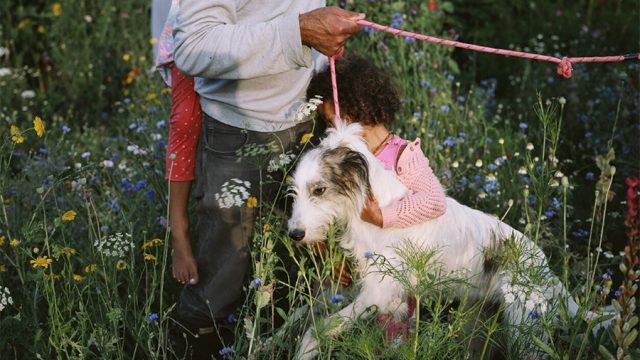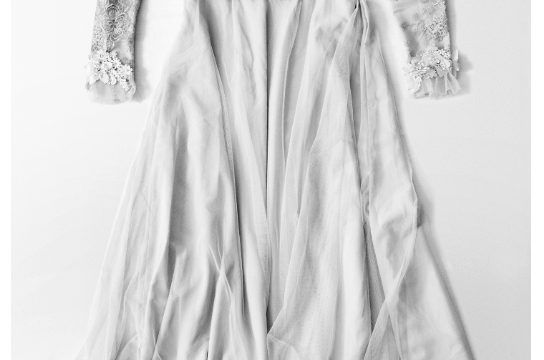The 30 November 2017 marks the first anniversary of myself gaining the position of archivist for the V & A Museum of Childhood. In the past year I have been intrigued and inspired by many objects in the collection and also the wonderful collection of papers and photos in the archive. All of these had a life before they come to the museum and a story to tell.
One of my most favourite items is one of the more smaller in appearance in the collection, and one with one of the most poignant of tales.
Edward Lovett on one of his many regular strolls around the streets of Bethnal Green in the 1890s come across a girl with a doll. Lovett promptly brought the doll from her. The sum he paid we do not know but we can assume the girl needed the money, perhaps for her family. The doll that she sold to Lovett was handmade and a much loved companion.
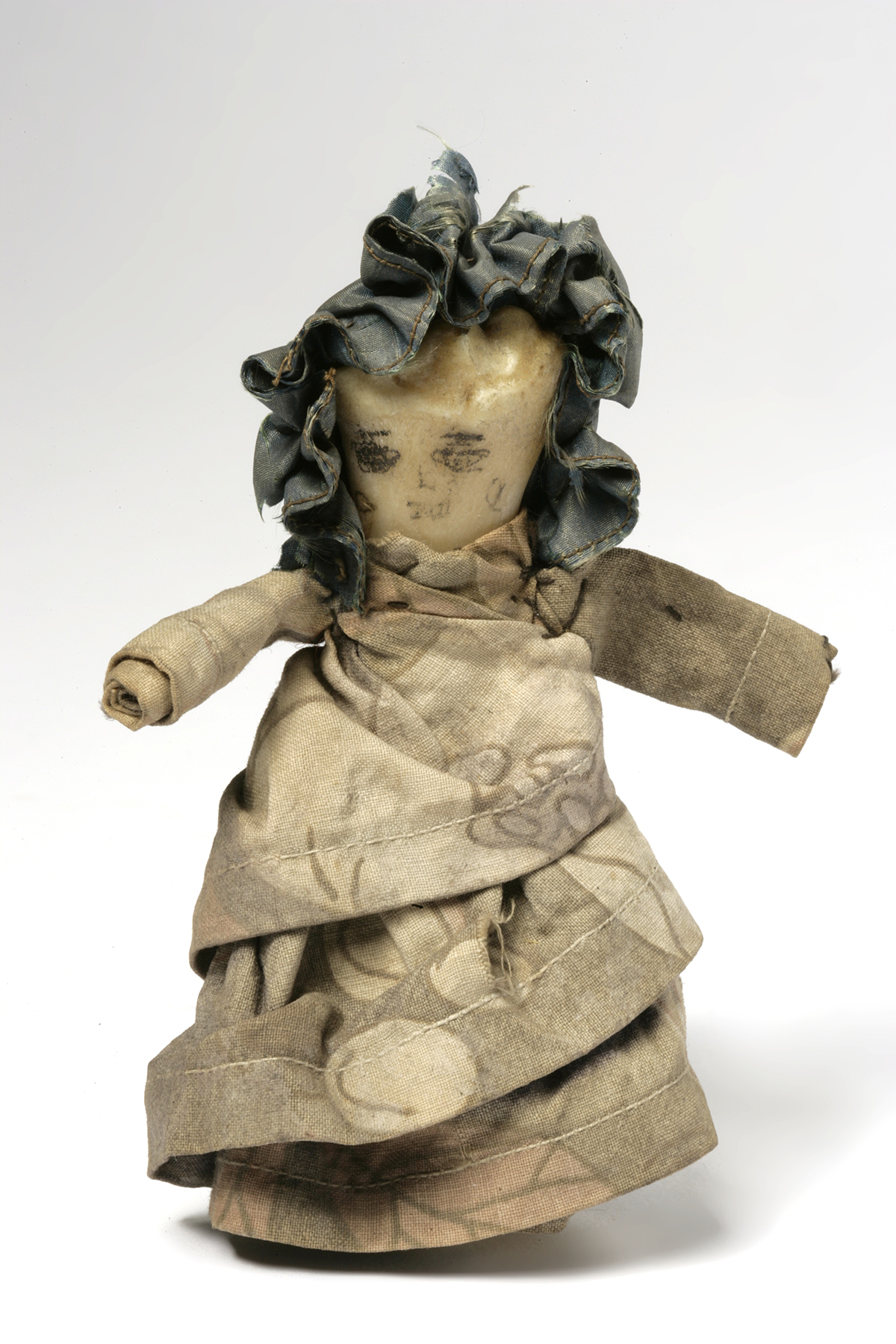
The doll has an inked face and rags of cloth have been used to form a cotton print dress and a little silk blue-green bonnet. Her body is made from a piece of humble mutton bone. This object speaks volumes of the poverty that was rife in Bethnal Green at the time. This is a doll that is made, not brought.
Bethnal Green in the Tudor era was a popular London suburb for the gentry. It had good agricultural land with opportunities for hunting and plenty of space for large homes. In short it was a fashionable place to live with lots of greenery and farmland.
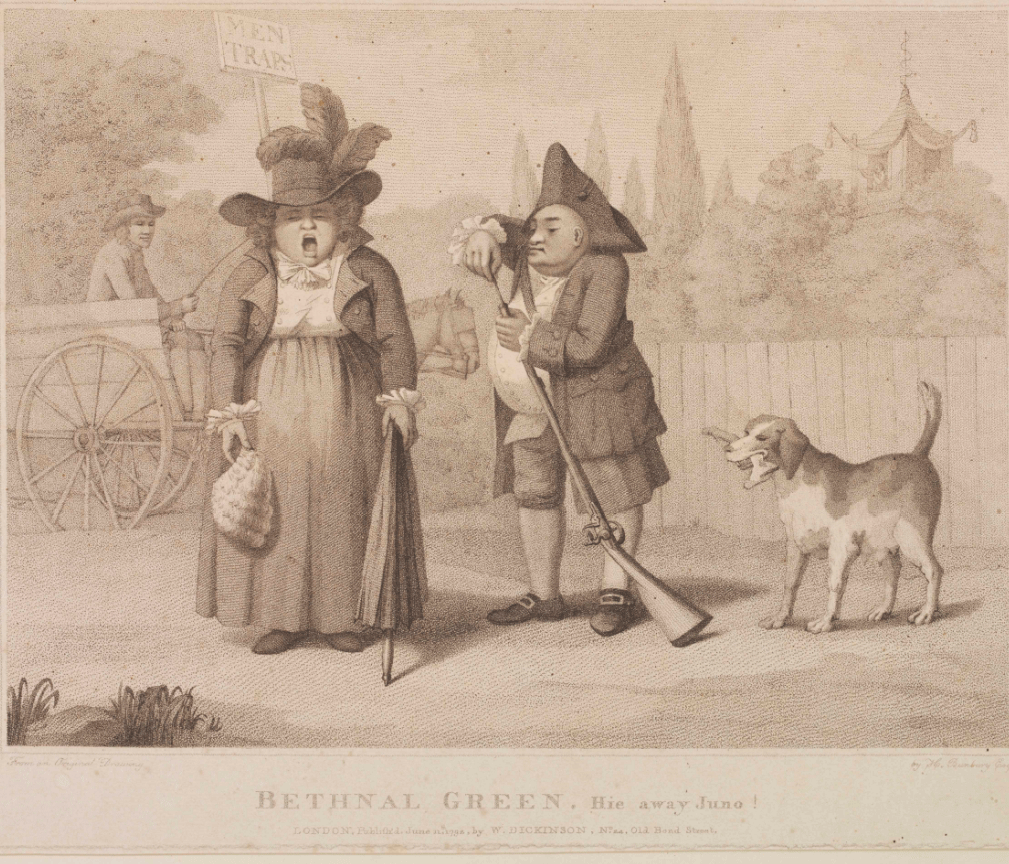
By the 1840s increased industrialisation and urbanisation had changed Bethnal Green. It was recorded that 82,000 people now lived in the area. With this change came poor living conditions, overcrowding and poor health. The following excerpt from ‘The 1832 cholera epidemic in East London’ published in East London Record, no.2 1979 gives you an insight into the conditions of the area and its people.
The silk industry, concentrated in a small area of Spitalfields and Bethnal Green, was in a period of decline in the early 1830s. The repeal of the Spitalfields Acts in 1824 and the removal of import restrictions in 1826 had been welcomed at the time by manufacturers, but it had become clear that London could not compete with imports of patterned French silk and the production of plain silks was cheaper in the provinces, where child and female labour were used in factories. There had been virtually no mechanization in London, and one employer, Barret Wadden, had reduced his workforce of handweavers from 300 to 60 or 70 in the six years up to 1832. About two-thirds of the looms in Bethnal Green and Spitalfields were idle. There were 6,000 registered for parish aid in Bethnal Green alone, and the Vestry were unable to pay all the necessary relief from the poor rates. This led to unrest among the workless, and in late February 1832, a man and two women were arrested for breaking the windows of an overseer’s house, after being refused aid, and a large mob had gathered as the police arrived.
Edward Lovett was a man who was fascinated by folklore and would often walk around the streets of London and elsewhere buying items of curiosity.
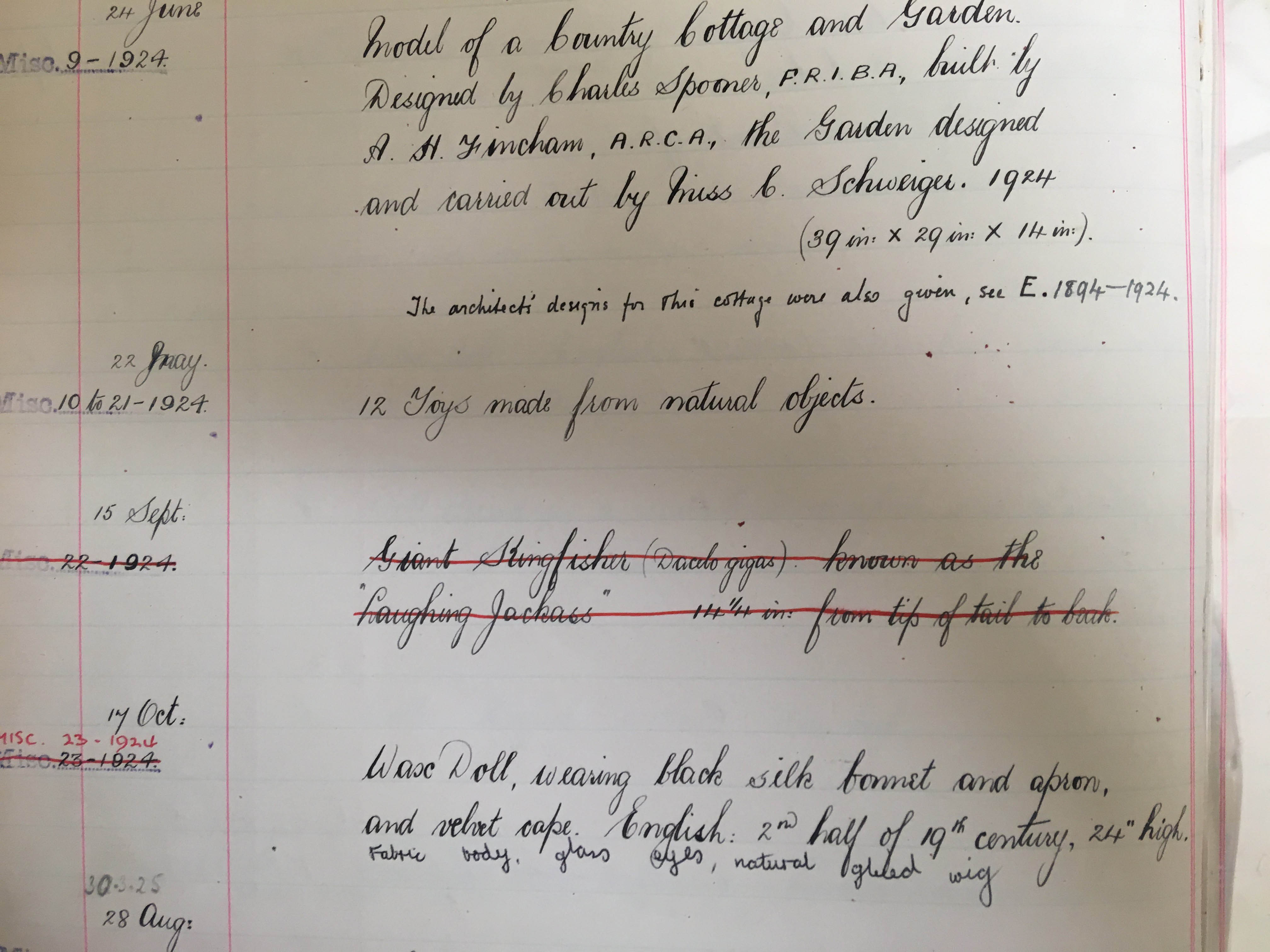
Alongside the Mutton Bone doll Lovett donated 11 other ‘Toys made from Natural Objects.’ These included two other dolls made from wishbones and two ducks made from pine cones. These items were obtained from a variety of locations including Brighton, Kent, Surrey and the streets of Bethnal Green.
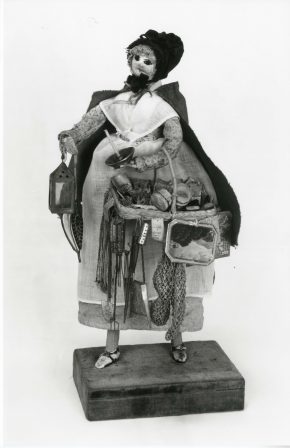
Lovett was well-known to many museum curators and curated the exhibition The Folklore of London held at the Wellcome Historical Medical Museum in 1916. He is recognised as a national authority on folklore and superstition and is increasingly being noted as one of the most interesting collectors of the 20th century.[1] He wrote many articles, undertook lectures and his book Magic in Modern London was published in 1925. In this he gave accounts of the lucky charms that soldiers in the First World War took with them.
Lovett was a great supporter of the idea of a Museum of Childhood which is why he also donated 18 toys made from found objects in December 1923. Of these 18 toys, seven were made from shell, three bone and eight from cones. Through these humble objects we can see the skill of the craftsman and the beauty of design.
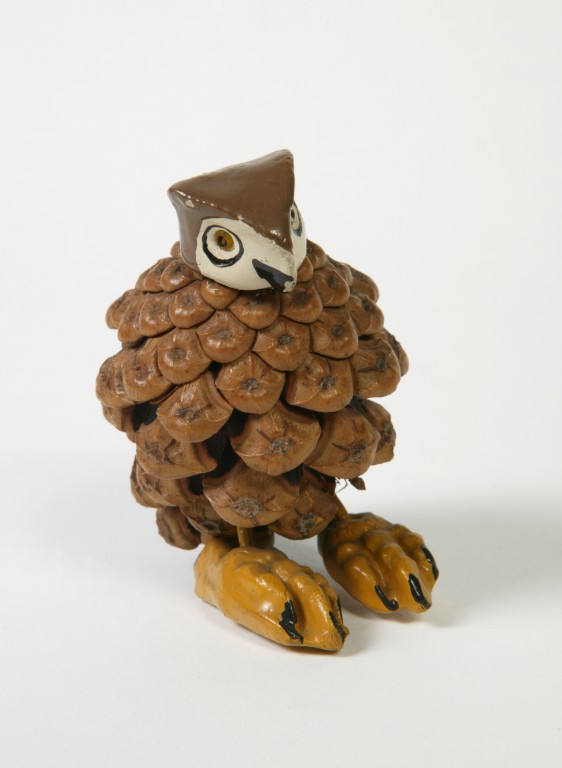
All of the items Lovett donated tell a story. For me one of the most important things he did was buy a small doll made from mutton bone, so that it could eventually be displayed in the V & A Museum of Childhood and allow us to tell the story of a poor girl on the streets of Bethnal Green and explore the wide ranging experiences of childhood and toy making.
[1] See The History of Emotions Blog, Ross MacFarlane, ‘Edward Lovett: An Emotional Collector?’ https://emotionsblog.history.qmul.ac.uk/2016/06/edward-lovett-an-emotional-collector/ [accessed 21-11-2017]
